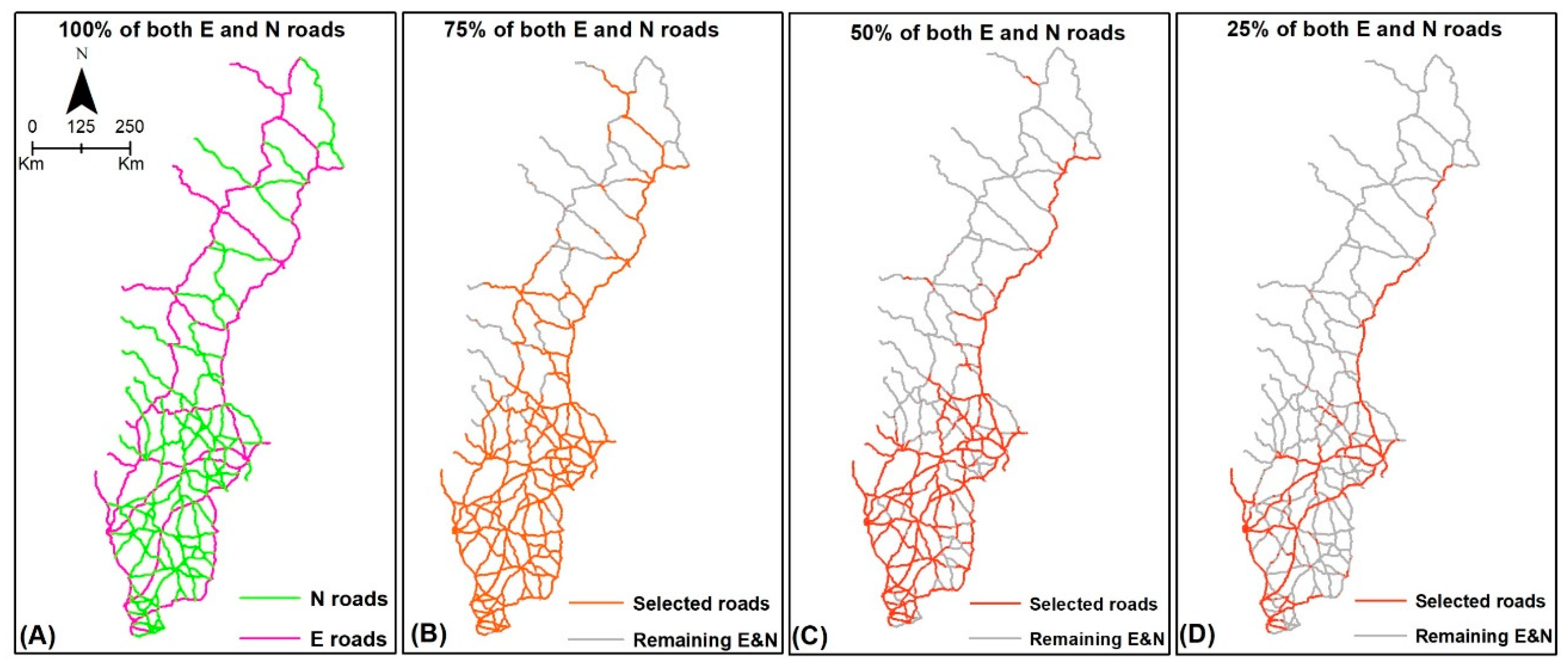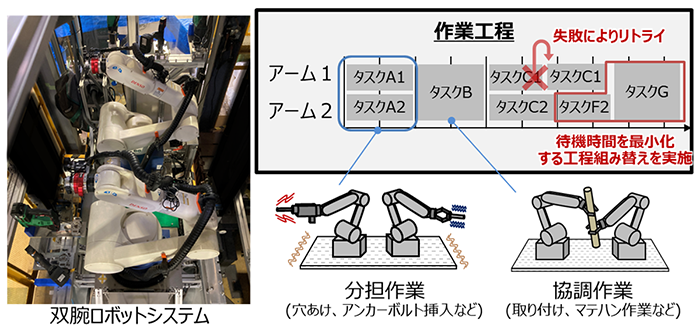2023-03-28 チャルマース工科大学
◆そこで、スウェーデンの研究者たちは、スウェーデンの道路網や欧州の道路網の実際の運転パターンを調査し、電気自動車に必要なバッテリーサイズや充電オプションに基づいて充電パターン、インフラ費用などを計算しました。
◆研究によると、最適な方法は、最も混雑している25%の道路に電気道路システム(ERS)を組み合わせ、家庭充電と併用することです。これにより、電気自動車のバッテリーは最大で現在のサイズの3分の1になり、必要な原材料の量が減少するため、電気自動車は消費者にとってより安価になります。また、電力需要のピークを抑える効果があります。
◆ただし、住宅密集地域と人口の少ない地域では異なる条件があるため、ERSとステーショナリー充電の組み合わせがどのように適用されるかによって、利益と費用の配分が不均等になることがあります。
<関連情報>
- https://news.cision.com/chalmers/r/electric-roads-pave-the-way-for-smaller-car-batteries,c3740222
- https://www.mdpi.com/2032-6653/13/11/197
バッテリー電気自動車のための電気道路システムの利点 Benefits of an Electric Road System for Battery Electric Vehicles
Wasim Shoman,Sten Karlsson and Sonia Yeh
World Electric Vehicle Journal Published: 24 October 2022
DOI:https://doi.org/10.3390/wevj13110197

Abstract
Electric road systems (ERS)—infrastructure that allows for charging while driving—are currently considered in Sweden for electrifying long-haul trucking. The technology can also charge battery electric passenger vehicles (BEVs). This study utilizes real-world car movement data in Sweden and detailed spatial analysis to explore to what extent ERS could displace stationary charging if it is available for BEVs and the expected benefits. We find that ERS utilization and the minimum battery ranges depend more on visited locations and home locations and less on the annual travel distances of car users. The median battery ranges required by rural residents are 15–18% greater than for urban residents. Our scenarios suggest that a mix of ERS and home-charging would achieve the most significant benefits. ERS with home charging reduces the required battery range by 62–71% in the main scenarios, and the net savings from smaller BEV batteries exceed the cost of ERS. Eliminating all stationary charging is feasible for many but not all vehicles. Utilizing ERS could also significantly reduce peak BEV charging by distributing charging throughout the day. We also find that there is a considerable difference between the maximum possible and minimum needed charging on ERS, which can significantly influence ERS revenues. Future studies can expand to include other modes (e.g., trucks) to provide more holistic assessments of economic benefits and charging needs.



